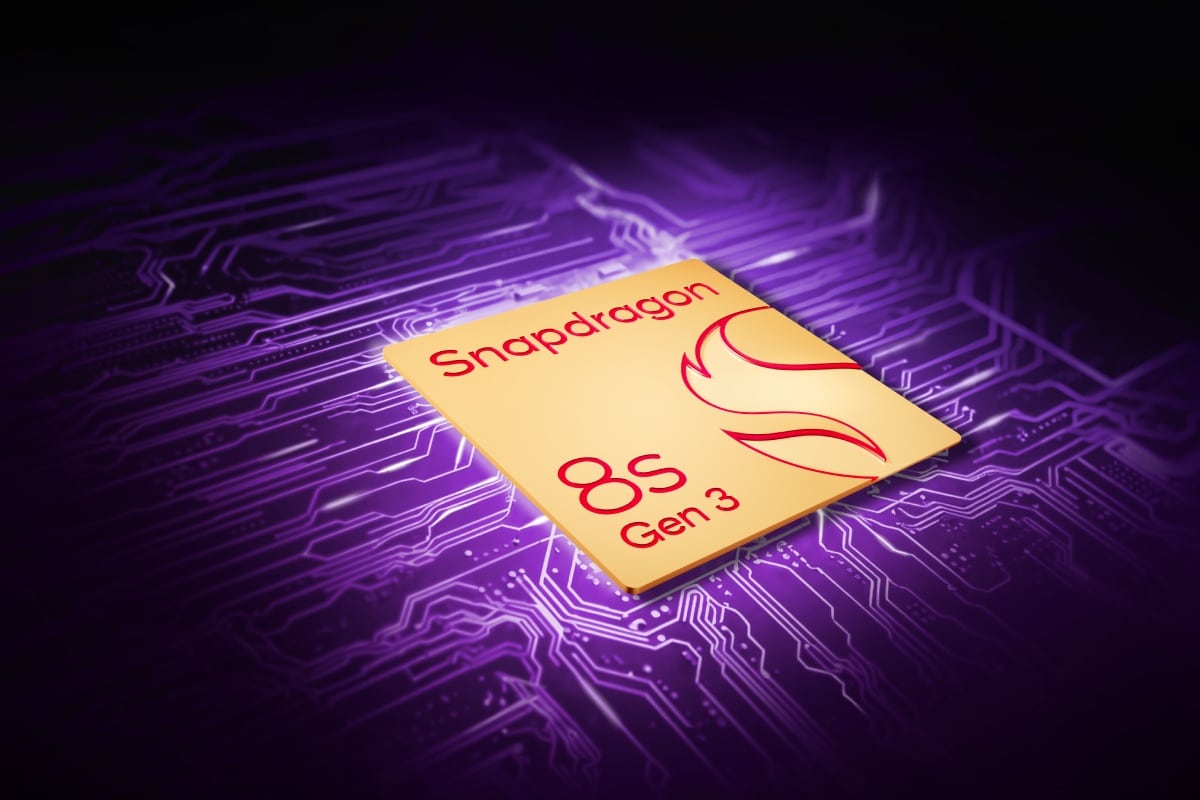Qualcomm on Monday announced the Snapdragon 8s Gen 3, the company’s latest flagship chipset packed with on-device artificial intelligence (AI) features. The new 4nm chipset is a more affordable version of the top-tier Snapdragon 8 Gen 3 chip launched last October and sits atop the Snapdragon 8 Gen 2, the company’s 2022 flagship chip. hardware capabilities of the company’s flagship processor, and support for high-speed generation of AI models with up to 10 billion parameters.
Snapdragon 8s Gen 3 launch schedule
The Snapdragon 8s Gen 3 mobile platform will be available on smartphones from companies like Honor, iQoo Redmi, Realme, and Xiaomi, the company said. Qualcomm also revealed that the first phone with the latest chipset will be available later this month, but did not reveal any further information about the phone or its specifications.
Snapdragon 8s Gen 3 specifications
The newly launched Snapdragon 8s Gen 3 is a 4nm octa-core chipset with one Prime core (Cortex-X4) clocked at 3.0GHz, four “performance” cores with a peak clock speed of 2.8GHz, and three main A 2.8GHz “efficient” core. 2.0GHz. According to the company, the Adreno GPU on this chipset supports HDR gaming as well as supporting real-time hardware-accelerated ray tracing in games. It will support up to 24GB of LPDDR5x memory (frequency up to 4200MHz) and UFS 4.0 storage.
![]()
Snapdragon 8s Gen 3 supports more than 30 on-device generative AI models
Image source: Qualcomm
Qualcomm also touted the AI capabilities of the Snapdragon 8s Gen 3 chip, which supports on-device generation of AI models with up to 10 billion parameters – the chip supports more than 30 Large Language Models (LLM) and Large Vision Models (LVM) ) launches, including Gemini Nano, Llama 2 and Baichuan-7B. The company says an on-device generative AI assistant will be able to generate content based on written, spoken or image prompts, while a photo extension tool can use AI to generate images outside of the image frame.
Smartphones equipped with Snapdragon 8s Gen 3 will be able to shoot 200-megapixel images and the chipset has a triple 18-bit ISP setup. The chip also supports AI-based face detection via an always-aware ISP via Qualcomm Sensing Hub. The company’s Snapdragon Low Light Vision (LLV) technology is also said to improve the quality of videos shot in dimly lit environments.
Qualcomm said that Snapdragon 8s Gen 3 supports 4K and Quad-HD+ displays at 60Hz and 144Hz respectively. The chipset also supports an ultra-low-power always-sensing camera, which is said to be isolated from the rest of the phone’s hardware and allow the phone to achieve fast face unlock.
The new chipset is powered by the Snapdragon X70 5G Modem-RF system (a step down from its higher-end sibling) and supports both mmWave and Sub-6 5G networks. It provides dual-SIM dual-active (DSDA) support for 5G and 4G networks, with peak download speeds up to 5Gbps and upload speeds up to 3.5Gbps.
The Qualcomm FastConnect 7800 mobile connectivity system on Snapdragon 8s Gen 3 delivers download speeds of up to 5.8Gbps over Wi-Fi 7 networks. The chip also supports Bluetooth 5.4 connectivity via dual Bluetooth antennas, and supports Snapdragon Sound, Bluetooth LE audio, Auracast radio, and Qualcomm aptX audio codec.
Follow us on Google news ,Twitter , and Join Whatsapp Group of thelocalreport.in













